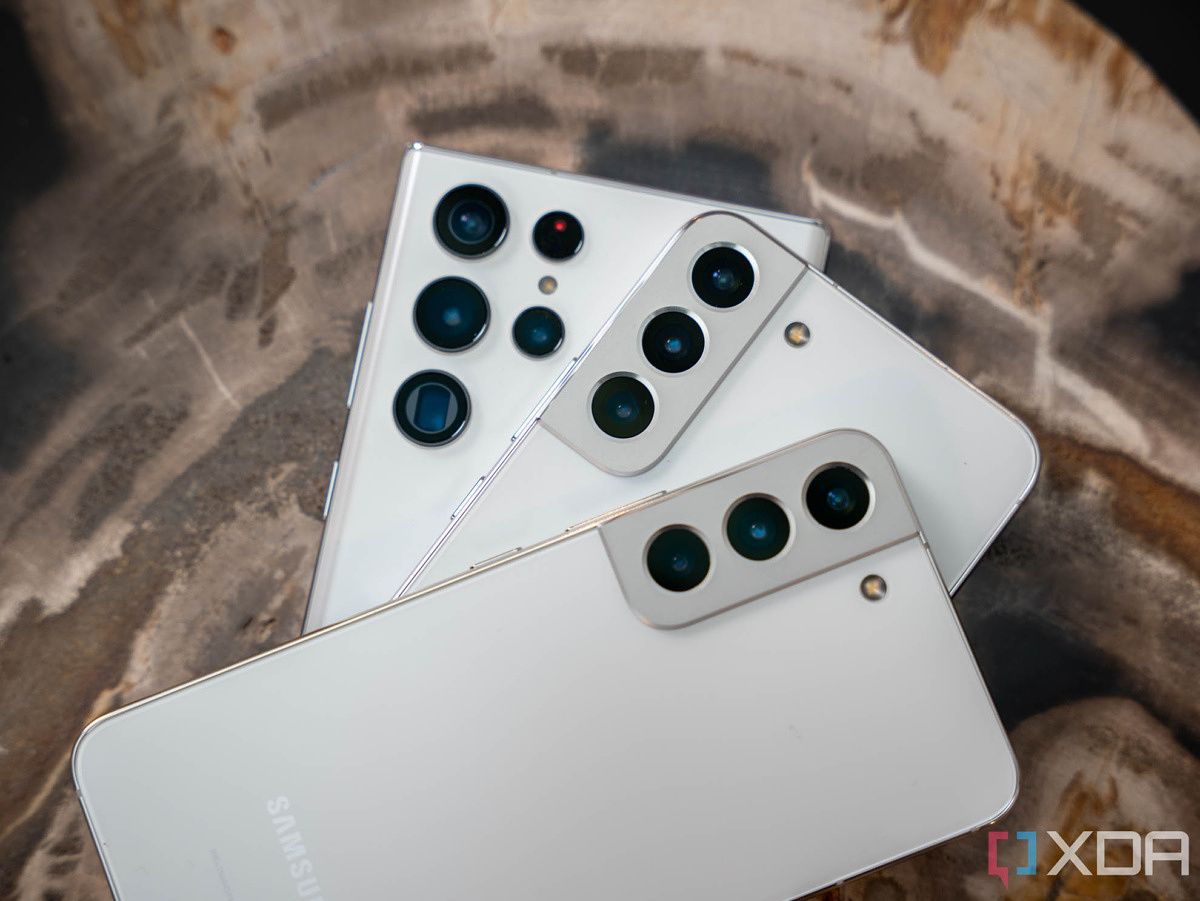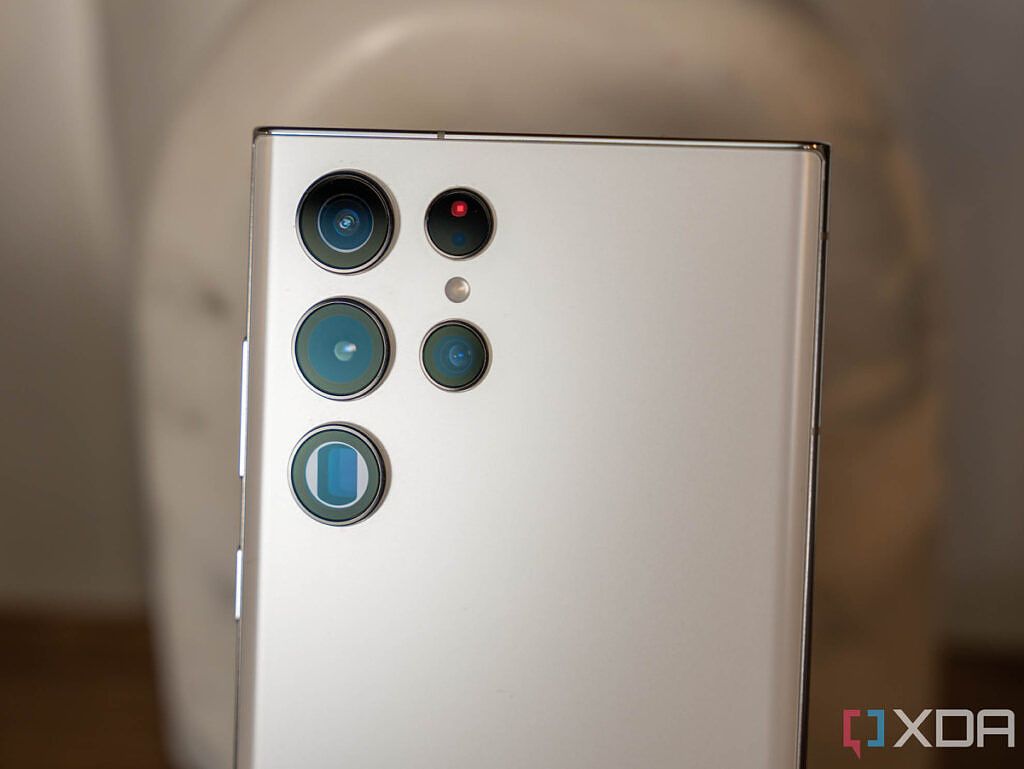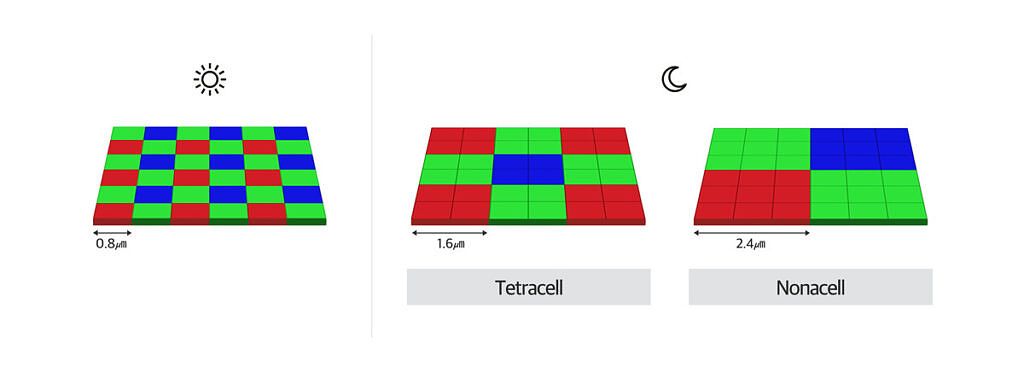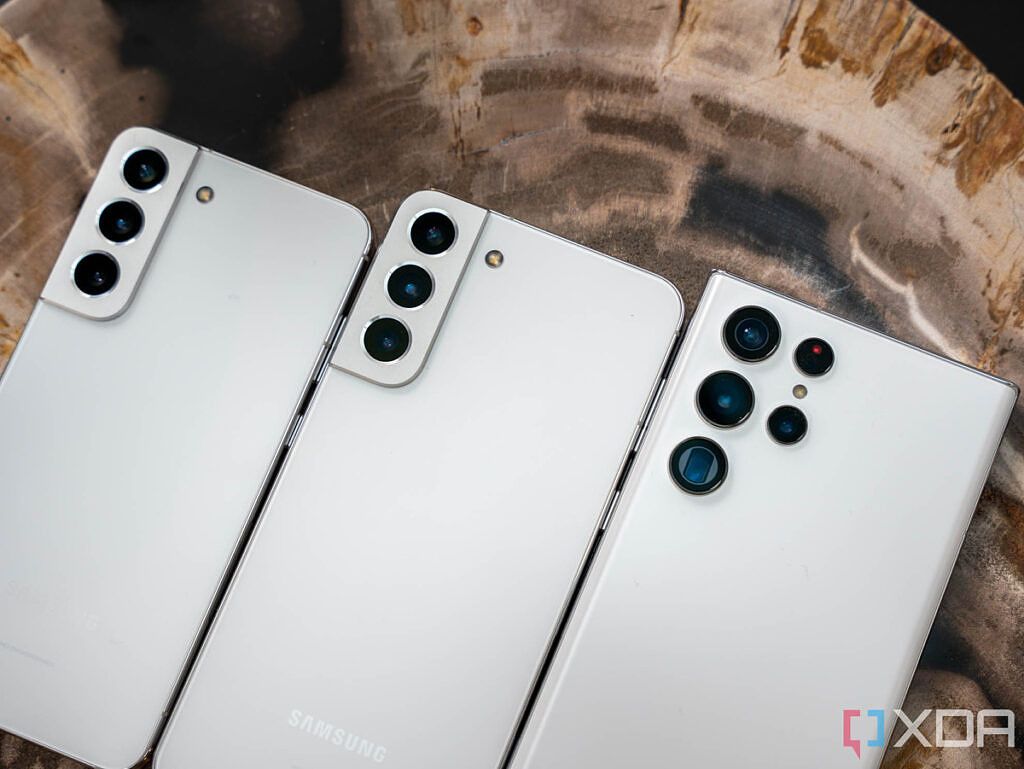Pixel binning is a term that's become increasingly frequent when talking about smartphone cameras in recent years, and it goes hand in hand with the ever-increasing camera resolution of some phones. Most Android phones these days have 48MP, 50MP, even 108MP sensors, and most of them have some form of pixel binning. For example, the Samsung Galaxy S22 and Galaxy S22 Plus come with a 50MP camera with tetra-binning technology, while the Galaxy S22 Ultra has a 108MP camera with nona-binning technology. But what does all of this mean?
Put in very simple terms, pixel binning is the act of combining multiple pixels into one. You take a group of four adjacent pixels in a 2x2 array (in the case of tetra-binning) and combine them into a singular, large pixel. Nona-binning is the same, but instead of four pixels, it combines nine of them in a 3x3 array. This is done to improve image quality and reduce noise, but why is that? Let's take a closer look.
Pixels and light sensitivity
First, what is a pixel? In the camera world, the word pixel is a simplified way to refer to photosites, which are the individual light-sensitive areas on a camera's sensor. These pixels/photosites are what allow the camera to capture light, and thus, produce a picture. Pixels are usually measured in micrometers, or microns (µm), but their size can vary significantly. A camera sensor has millions of pixels (hence the term megapixel), and the more of them it has, the more detailed of an image it can theoretically produce.
But there's a catch. While increasing the pixel size can, in theory, increase the detail of an image, cramming more pixels into a sensor of the same size means each pixel needs to be smaller, and thus, it can't capture as much light. And with a smartphone, those camera sensors are generally fairly small so they can fit in a relatively compact chassis, so adding more pixels isn't always better. At some point, you start to get a noisy image, and more processing has to be done to get a final image that looks good.
Think about it - most smartphone cameras now have higher resolutions than dedicated and professional cameras, but it's crazy to think they'd actually be better. Professional cameras may have fewer pixels, but each of those pixels is much bigger and thus, each of them captures that much more light, and thus the image is clearer and brighter.
But in the smartphone market, which isn't entirely made up of camera experts, higher numbers are more appealing to marketing and consumers, so the pixel count is always increasing. Enter pixel binning, which allows smartphones to get the best of both worlds.
Nona-binning and Tetra-binning
With pixel binning, a camera can have a sensor with a large number of pixels - such as 50MP in the Galaxy S22 and Galaxy S22 Plus, or 108MP in the Galaxy S22 Ultra - but it can combine those pixels to get increased light sensitivity. In the case of the Samsung Galaxy S22 Ultra (and other phones), you get a 108MP camera with pixels that are 0.8µm in size, but it uses nona-binning technology to combine nine pixels in a 3x3 array into one. That means you get an effective pixel size of 2.4µm, and so the camera can get that much more light information for a single pixel.
Conversely, this technique also means that the final resolution of the pictures you take is actually much lower. With nona-binning, a 108MP camera produces 12MP images, and that's the default shooting mode. You do get the option for 108MP pictures, though, and that might come in handy if you're in a well-lit scene and you have stable hands, so you can capture a detailed image with a higher resolution.
Tetra-binning is a similar concept, but instead of combining nine pixels into one, it combines four of them in a 2x2 array. Most 48MP or 64MP smartphone cameras do this, and so does the 50MP camera on the Samsung Galaxy S22 and Galaxy S22 Plus. This isn't necessarily worse, as it still depends on the size of each pixel before binning. For example, the Galaxy S22 models have a pixel size of 1µm, so with tetra-binning, you get 2µm pixels in the final 12.5MP photo. It's not that far off from the 2.4µm of the Galaxy S22 Ultra's 12MP images.
One thing that the Galaxy S22 Ultra has in its favor, though, is the new Adaptive Pixel feature. That's something we haven't seen in other smartphones, and what it does is that it allows the phone to capture the full 108MP resolution picture, while also getting the benefits of nona-binning. Essentially, this camera captures both the binned 12MP shot and a 108MP photo, and it combines the light information of the pixel-binned picture with the level of detail on the full-resolution photo.
The final question is whether or not nona-binning or tera-binning are actually better than having a lower-resolution sensor with larger pixels, and the answer is, it depends. We live in the age of computational photography, and it's now just as, if not more important to have a good processing algorithm compared to a high-resolution sensor. The iPhone 13 Pro Max had one of the best cameras of 2021, and it notably stuck with a 12MP sensor, as it has for years. But all the other top cameras of the year had much higher-resolution sensors, including the Samsung Galaxy S21 Ultra with its 108MP camera. Using pixel binning doesn't necessarily say anything about a camera's quality until you've tried it for yourself.
And that's about it for a brief explanation of pixel binning, specifically tetra-binning and nona-binning. This is just one of the many camera features in the Samsung Galaxy S22 series, which is one of the most interesting Galaxy S launches in recent history. Aside from the camera improvements, you can expect new processors, new software features, and a built-in S Pen for the Galaxy S22 Ultra.
Check out our hands-on article with the Galaxy S22 if you'd like to know more about it, or the Galaxy S22 Ultra hands-on if that seems more interesting to you. If you're interested in buying them, you can check out our roundup of the best deals on the Samsung Galaxy S22 family. You can also buy them below.
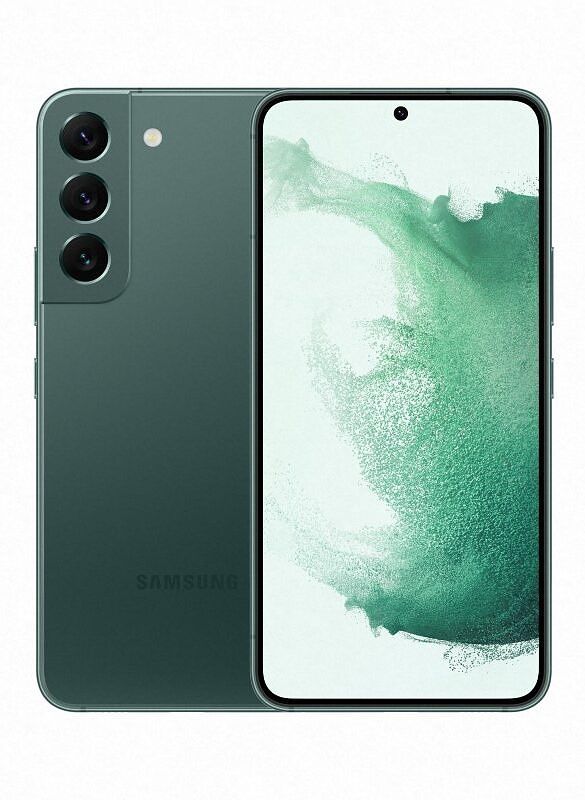
Samsung Galaxy S22
The Samsung Galaxy S22 has three cameras and the main 50MP camera supports tetra-binning technology.
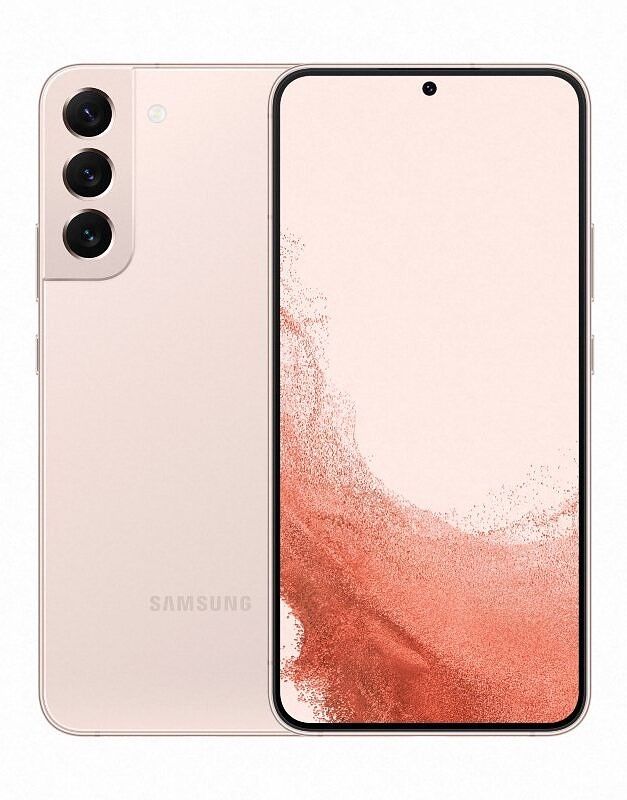
Samsung Galaxy S22 Plus
The Galaxy S22 Plus has the same camera setup with tetra-binning support.
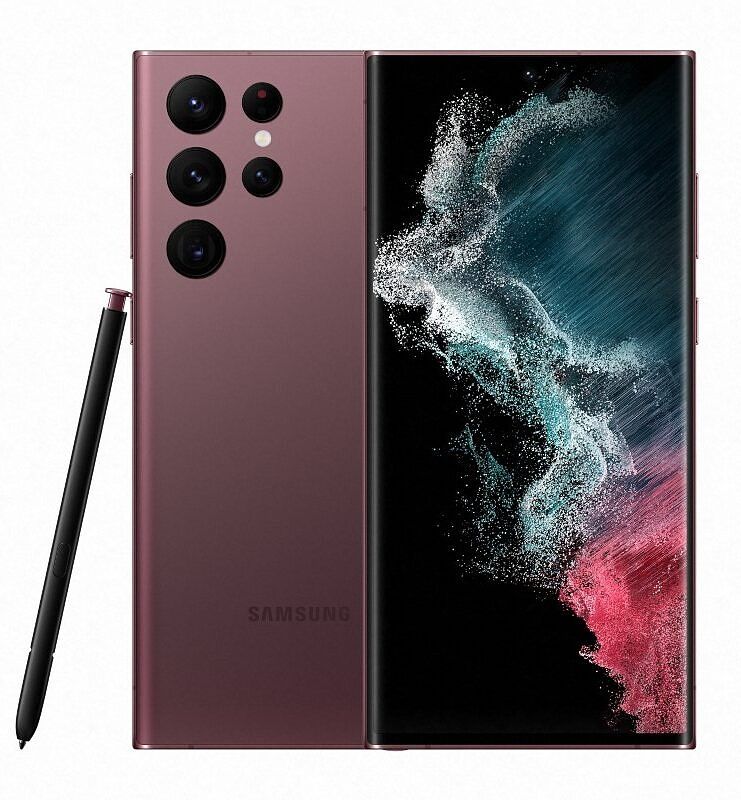
Samsung Galaxy S22 Ultra
The Galaxy S22 Ultra has the best camera setup with four cameras and nona-binning in the main 108MP sensor.

